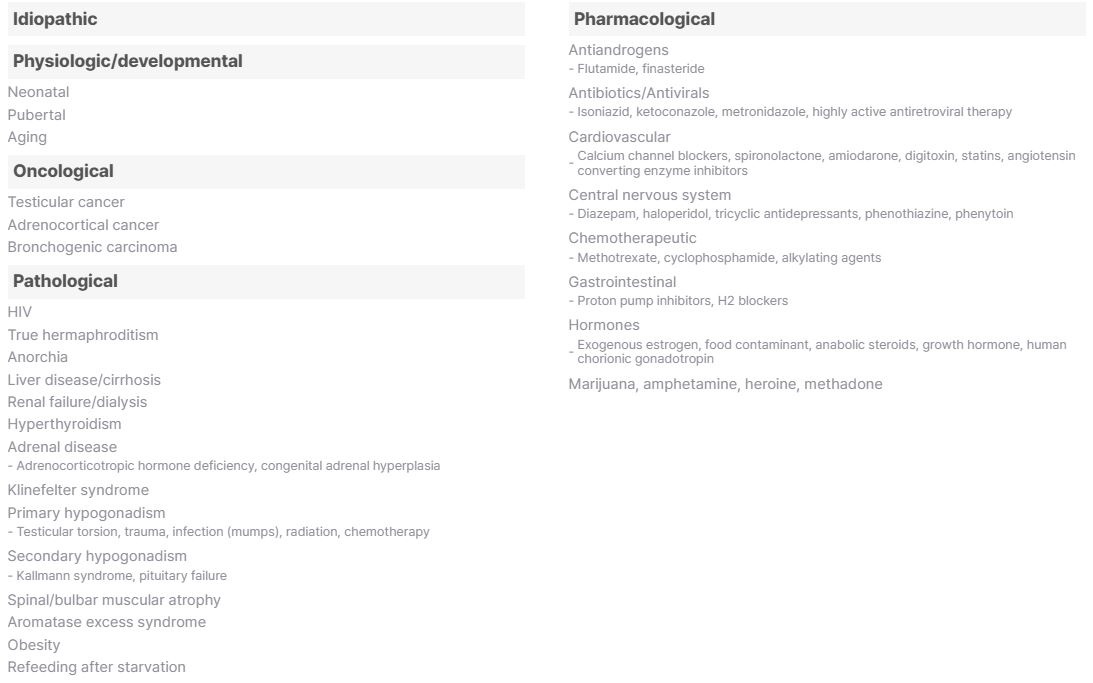
This is Dr. Lee Jin Ho, plastic surgery specialist at AB Plastic Surgery. In recent times, an increasing number of men have expressed concerns about chest drooping and a resemblance to female breasts, prompting inquiries about procedures to address gynecomastia. Today, we delve into the causes of male gynecomastia, its surgical interventions, and available treatments.
Q. I have a slender physique compared to the typical male body, yet I've noticed a slight bulge in my chest. Could this be a symptom of gynecomastia? I'm eager to understand the underlying causes.

Firstly, I will address the underlying causes of gynecomastia
Typically, during adolescence, the mammary gland tissue, developed under the influence of hormones, regresses as men transition into adulthood, resulting in the typical male chest shape. Gynecomastia is a prevalent condition in men characterized by the development of breast gland tissue, resulting in a chest that resembles that of a woman's. It can stem from a variety of factors, including obesity, hormonal imbalances, prolonged use of steroid medications, or side effects from other medications. However, in many instances of idiopathic gynecomastia, the causes remain unclear.
The data presented in the table below is sourced from descriptions of gynecomastia causes found in plastic surgery textbooks widely utilized worldwide.

As per the translation, "[Idiopathic]" situated on the left side of the first row denotes "disease of unknown cause." This implies that, as mentioned earlier, the reasons for gynecomastia in men are unknown in most cases

Here, I will elaborate on what gynecomastia is, whether it is distinct from weight gain, and other related topics.
Gynecomastia, often colloquially known as "man boobs," is a prevalent condition characterized by the swelling and enlargement of boys' and men's breasts, resulting in a feminine appearance. This condition may manifest as a bulging sensation upon touch, unlike the typical male chest, and can sometimes be visually apparent when wearing thin clothing. Gynecomastia is broadly categorized into pseudogynecomastia, primarily attributable to the accumulation of excess fat tissue, and true gynecomastia, resulting from the development of breast gland tissue. In cases of pseudogynecomastia, the accumulation of excess fat tissue in the chest area creates a resemblance to female breasts. When touching the chest, it may feel bulky and soft, akin to the sensation experienced when touching fatty areas elsewhere on the body. This characteristic is indicative of pseudogynecomastia. For pseudogynecomastia, liposuction is typically the primary solution, although removal of breast gland tissue may also be necessary if there is a combination of excess fat and glandular tissue. Many inquire whether weight loss can alleviate gynecomastia; however, targeted weight loss specifically in the chest area is not feasible. While overall weight loss may reduce breast volume, it's uncertain whether it will definitively improve gynecomastia. It's crucial to undergo a comprehensive examination and diagnosis at a hospital or clinic, as there are complex cases where glandular tissue is present despite the appearance of pseudogynecomastia. Moving on to true gynecomastia, this refers to the development of breast gland tissue with fat tissue distributed beneath it, resulting in a feminine breast shape. Surgical interventions are typically required to address true gynecomastia, including the removal of excessive breast gland tissue and the elimination of accumulated fat tissue through liposuction. Gynecomastia severity is classified into Grades, as depicted in the image above, with Grade 3 and above indicating severe cases.
“Many men seek consultation due to diminished confidence and mental stress stemming from reluctance to wear lightweight clothing in summer or visit venues requiring shirt removal, such as swimming pools or public baths. While mild pseudogynecomastia may improve with exercise and dietary adjustments, severe gynecomastia or true gynecomastia often necessitate invasive surgical intervention.
If you're experiencing gynecomastia, I encourage you not to stress excessively and take a proactive step toward regaining confidence by scheduling an appointment at your nearest hospital. Accurate diagnosis through ultrasonography and consultation with a plastic surgeon can guide appropriate treatment, whether through surgery or other means. In the next discussion, we will delve into the classification of gynecomastia and tailor treatment methods to individual cases Thank you.”
If you have any further questions about gynecomastia, please call 010-4393-1298 or contact AB Plastic Surgery on WhatsApp using the same number above, for more detailed consultation.




